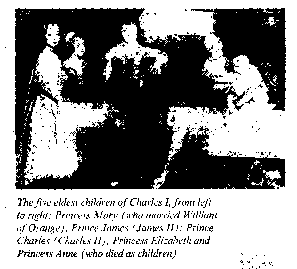
41
Key words, terms and concepts:
1. Gunpowder Plot–Guy Fawkes (1605)
2. Puritans
3. Independents
4. Levellers
5. Diggers
6. New Model Army – Oliver Cromwell
7. High treason
8. The Rump
9. The Lord Protector (1653 -1658)
10. The Commonwealth – The Interregnum
The ideology of the rising classes in England at the beginning of the 17th century was Puritanism, it was a
form of democratic religion similar to the Calvinist views: denying the supremacy of a man over religious faith,
demanding a direct contact with God without any mediators, without anyone between Man and God, thus
denying Church as an unnecessary institution. It was a challenge to the Church of England and the Monarch as
its head, to the absolute Monarchy altogether.
The Puritan ideology was also a challenge to the cultural achievements of Renaissance – the religious
doctrines rejected theatre, entertainment, pleasure, they preached and practised austerity, asceticism, adoption
of puritan values against idleness. There were different varieties of puritan ideology and groups of people – the
extremists, like independents (1581), insisting on complete independence of their communities, and
moderates, who believed in cooperation with monarchy.
The new forces, the developing bourgeoisie began to actively oppose the absolute monarchy, particularly
using the Parliament. In 1601 the Parliament made the first declaration of protest, disapproving of the Queen's
sell out and distribution of licences.
Those first seeds of discord were to grow up strong and dangerous during the reign of the Stuarts; James I
and Charles I.
James VI King of Scots – born in 1566, crowned King of Scots in 1567, became James I (1603-1625) of
England.
On the death of Queen Elisabeth I in 1603 he became the senior representative of the Tudor dynasty, being
the great-grandson of Margaret, the eldest daughter of Henry VII.

